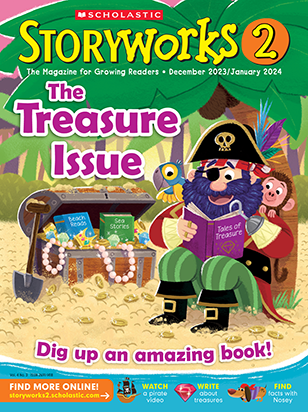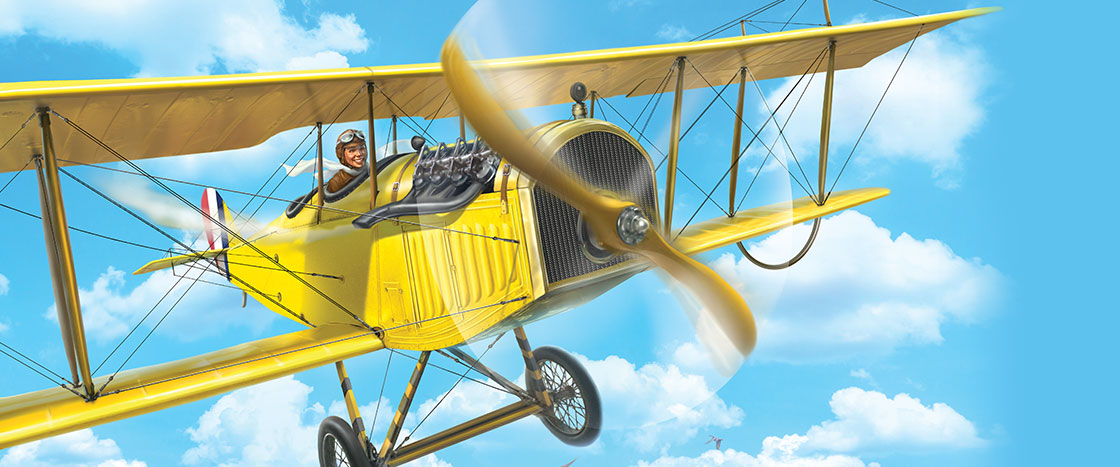George Rinhart/Corbis via Getty Images
Bessie Coleman
The pilot flew the plane above the crowd. The wind whistled in
her ears. She felt the cold air on her cheeks.
She dove down, faster and faster toward the earth. Would she crash?
No! She swooped back up into the sky at the very last second. The crowd cheered!
In the year 1922, airplanes were very dangerous to fly. But the pilot of this plane knew what she was doing. Her name was Bessie Coleman.
This was one of the flying tricks she was known for. But before Bessie Coleman made history as the world’s first African American and Native American woman pilot, she was a dreamer.
Bessie Coleman was a famous pilot long ago. She did amazing tricks in her airplane.
What is her story?
The pilot flew the plane above the crowd. The wind whistled in her ears, and she felt the frigid air on her cheeks.
She dove down, faster and faster toward the earth. Would she crash?
No! She swooped back up into the sky at the very last second—the crowd cheered!
In 1922, airplanes were very dangerous to fly, but the pilot of this plane knew what she was doing. Her name was Bessie Coleman.
She was performing one of the flying tricks she was famous for. But before Bessie Coleman made history as the world’s first African American and Native American female pilot, she was a dreamer.

